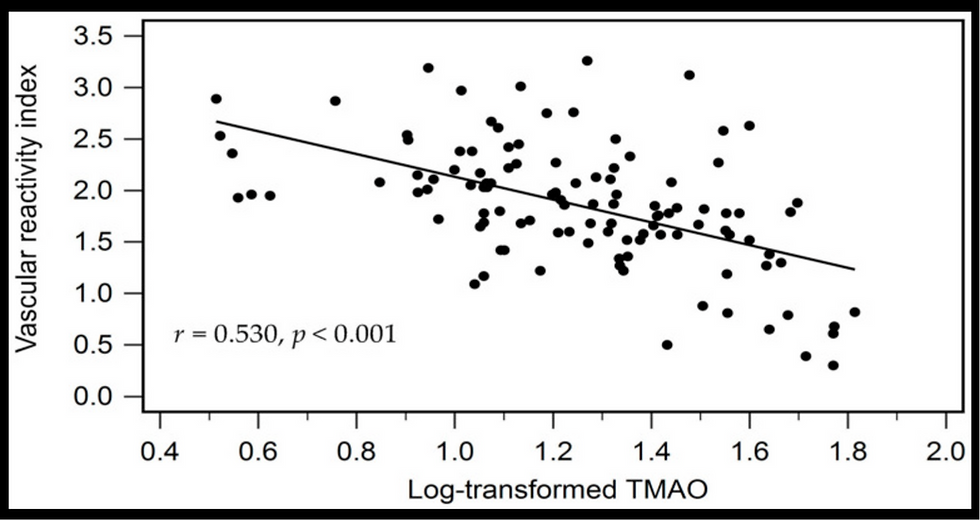Microvascular Endothelial Cell Function in Health and Disease Linked to MMPs and TIMPs
- heartlung
- Jan 16, 2023
- 2 min read
Prog Mol Biol Transl Sci. 2017;147:101-131. doi: 10.1016/bs.pmbts.2017.01.001. Epub 2017 Mar 27.
The Balance Between Metalloproteinases and TIMPs: Critical Regulator of Microvascular Endothelial Cell Function in Health and Disease.
Masciantonio MG1, Lee CKS1, Arpino V1, Mehta S2, Gill SE3.
Author information
1Centre for Critical Illness Research, Lawson Health Research Institute, London, ON, Canada; Schulich School of Medicine and Dentistry, Western University, London, ON, Canada.2Centre for Critical Illness Research, Lawson Health Research Institute, London, ON, Canada.3Centre for Critical Illness Research, Lawson Health Research Institute, London, ON, Canada; Schulich School of Medicine and Dentistry, Western University, London, ON, Canada. Electronic address: sgill8@uwo.ca.
Abstract
Endothelial cells (EC), especially the microvascular EC (MVEC), have critical functions in health and disease. For example, healthy MVEC provide a barrier between the fluid and protein found within the blood, and the surrounding tissue. Following tissue injury or infection, the microvascular barrier is often disrupted due to activation and dysfunction of the MVEC. Multiple mechanisms promote MVEC activation and dysfunction, including stimulation by cytokines, mechanical interaction with activated leukocytes, and exposure to harmful leukocyte-derived molecules, which collectively result in a loss of MVEC barrier function. However, MVEC activation is also critical to facilitate recruitment of inflammatory cells, such as neutrophils (PMNs) and monocytes, into the injured or infected tissue. Metalloproteinases, including the matrix metalloproteinases (MMPs) and the closely related, a disintegrin and metalloproteinases (ADAMs), have been implicated in regulating both MVEC barrier function, through cleavage of adherens and tight junctions proteins between adjacent MVEC and through degradation of the extracellular matrix, as well as PMN-MVEC interaction, through shedding of cell surface PMN receptors. Moreover, the tissue inhibitors of metalloproteinases (TIMPs), which collectively inhibit most MMPs and ADAMs, are critical regulators of MVEC activation and dysfunction through their ability to inhibit metalloproteinases and thereby promote MVEC stability. However, TIMPs have been also found to modulate MVEC function through metalloproteinase-independent mechanisms, such as regulation of vascular endothelial growth factor signaling. This chapter is focused on examining the role of the metalloproteinases and TIMPs in regulation of MVEC function in both health and disease.
© 2017 Elsevier Inc. All rights reserved.
KEYWORDS:
Endothelial barrier function; Inflammation; Metalloproteinase; TIMP
Endothelial Function Scientific Update Sponsored by Endothelix Inc. www.endothelix.com
![Lipoprotein(a) levels predict endothelial dysfunction in maintenance hemodialysis patients: evidence from [VENDYS] vascular reactivity index assessment](https://static.wixstatic.com/media/dac531_5285607cc591409a9d83746f042af7c6~mv2.png/v1/fill/w_980,h_980,al_c,q_90,usm_0.66_1.00_0.01,enc_avif,quality_auto/dac531_5285607cc591409a9d83746f042af7c6~mv2.png)


Comments